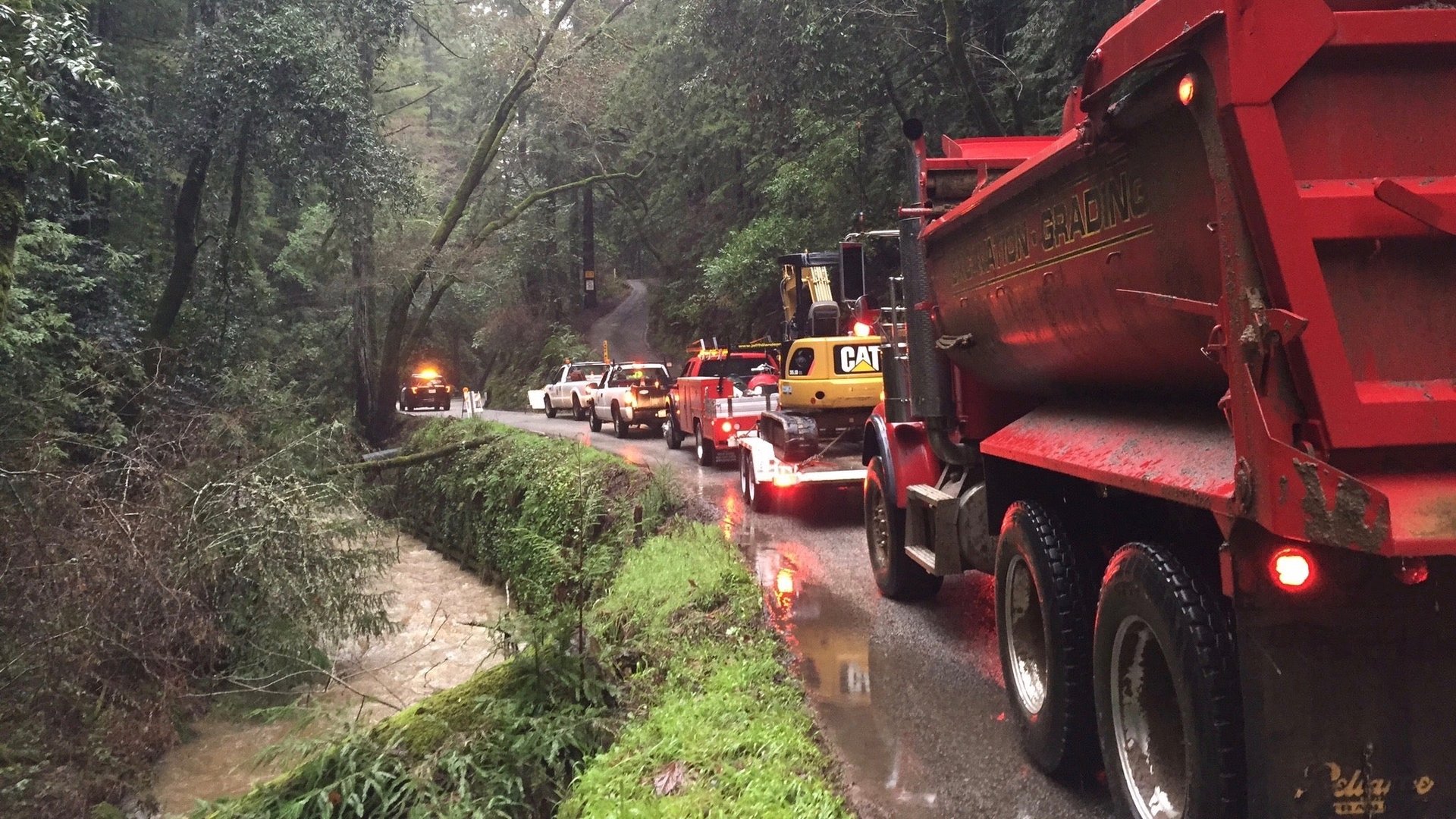Everything created is predicted by nature: A new video explains the physics of flow
Going with the flow isn’t just the cool thing to do. According to a prominent theory of physics, it’s a rule of evolution that dictates the design of all things and ensures individual survival.


Going with the flow isn’t just the cool thing to do. According to a prominent theory of physics, it’s a rule of evolution that dictates the design of all things and ensures individual survival.
The Duke University professor responsible for this theory, Adrian Bejan, received the 2018 Franklin Institute Medal for mechanical engineering on April 19. According to constructal law, all animate or inanimate systems—including art, trees, people, organizations, and financial structures—follow the natural design principle of flow. The rule states that for any system to persist over time, it must evolve to provide easy access to impositions, allowing currents to flow through it, and moving with them. In other words, everyone and everything that hopes to persist or endure must work with external pressures and be formed by them.
Bejan, an expert in thermodynamics, discovered constructal law in 1996 while designing cooling systems for laptop computers. Bejan learned how to prevent electronics from overheating by diverting heat from computers following natural, branching pathways, allowing the heat to escape on its own.
As the Franklin Institute points out, it’s rare for a mechanical engineer to conceive of a new physics theory. Yet the rule Bejan discovered has gained significant acceptance in the scientific community and beyond. In a new video, he illuminates the rule of flow and its influence on the universe. Understanding this law of physics, he argues, can help each of us to understand the world around us and our own lives.
Bejan explains the “physics of life” as follows:
[L]ife is movement that evolves freely, in both animate and inanimate spheres. Alive are all the freely changing flow configurations and rhythms that facilitate flow and offer greater access to movement. When movement stops, life ends. When movement does not have the freedom to change and find greater access, life ends.
In your daily observations, you can see constructal law at work in any number of branching patterns. The rule is observable in action in the forking of tributaries off of rivers, the shape of lightning strikes, traffic patterns, subway maps, and even in the distribution of wealth in societies, whether villages, cities, nations, or the globe.
If you pay close attention to the forces influencing your own life, you’ll probably notice that constructal law is also shaping your days, relationships, and the choices that you can make. Practically speaking, what that means is that we each must adjust to circumstances and situations, accommodating forces large and small, like economic downturns or upswings, or the needs of bosses and colleagues, friends, families, and strangers.
We don’t necessarily know all the forces at work on us, and we certainly don’t control most of them. But we can understand the notion that cooperating rather than resisting—going with the flow, as it’s commonly known—tends to increase our chances of success and survival.